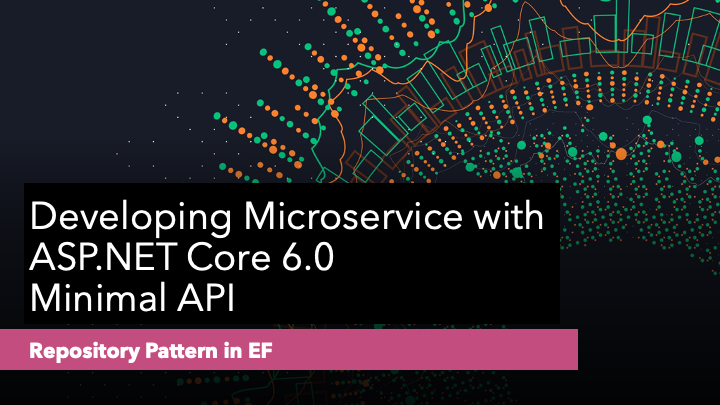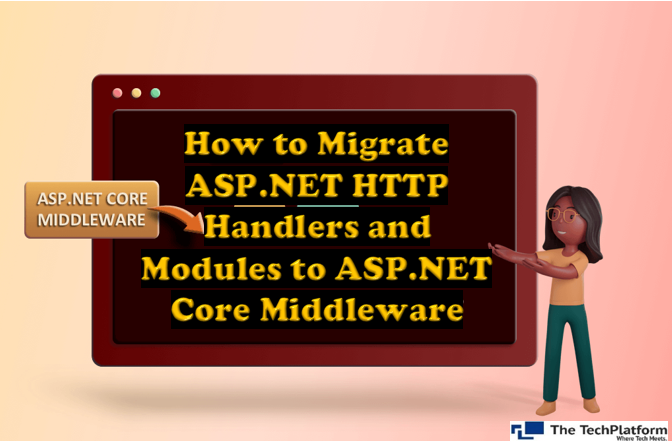Consume Web API with C# HttpClientFactory
- The Tech Platform

- Feb 5, 2022
- 2 min read
Updated: Jun 12, 2022

Sometimes we need to integrate an external API into our code even as a backend service and not just the frontend integrating with the UI components.
We may need to modify such data before it is presented or do some bits of filtering or whatever we want as long as it’s in the scope of access we have to such third-party web APIs.
HttpClient is an already made library in .Net that makes this task easy to achieve without having to do many configurations or setups to start consuming Web APIs.
Let’s have a walkthrough on a simple use case.
I have used a free API endpoint in my case https://api.publicapis.org/entries
No keys are needed.
Ready for use and integration, you can also use it for testing in your case or simply google for other free APIs that you can use if you just want something different.
However, This is more than sufficient for this tutorial.
You can start off by creating a simple ASP.Net Core Web API project


Create an API project

Give your project a name

You can choose 5.0 so we don’t have to manually plug-in swagger for testing
Open the Web API link and copy everything like this

Navigate back to Visual Studio and Create a Models Folder in your API Project and add a C# Class

Go to Edit -> Paste Special -> Paste JSON as classes
All the models for that API should be generated for you once that is done.
You should have a RootObject for your main model which you’ll be using, You can rename that to what suits you. I renamed mine to DataModel

API Model

Create the extra folders and C# Classes and Interface that would be needed

Interface

Using IHttpClientFactory
Why not use HttpClient? HttpClient is intended to be instantiated once and reused throughout the life of an application. Instantiating an HttpClient class for every request will exhaust the number of sockets available under heavy loads.
You can read more here https://docs.microsoft.com/en-us/dotnet/architecture/microservices/implement-resilient-applications/use-httpclientfactory-to-implement-resilient-http-requests
Why use IHttpClientFactory? HttpClientFactory provides you with HttpClient objects but takes responsibility for managing the resources that the clients can use up. Think of it as “connection pooling for Web Services.

Service Implementation
First, we call the endpoint by initializing the HttpRequestMessage Object and passing the necessary parameters which HttpMethod.Get to specify we want to get data just like we’ll do in a regular API Controller. and set the result to an HttpResponse.
If the status code is 200, that means we got data back.
Then we use the ReadFromJsonAsync method which is from the System.Net.Http.Json Namespace to format the response without having to use JsonConvert to deserialize the object result.
Then we return the data.
Add the D.I Services

Here we add Dependency Injection

Controller


Let’s test

Here goes our data
You can get the source code here https://github.com/JiboGithub/HttpClientWebApp
Source: Medium
The Tech Platform




Comments